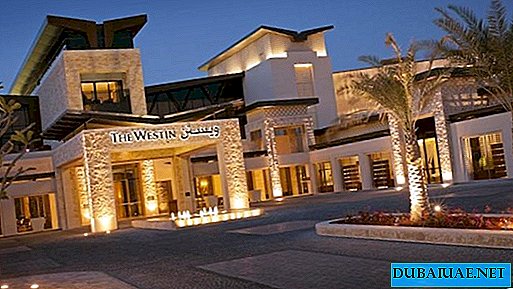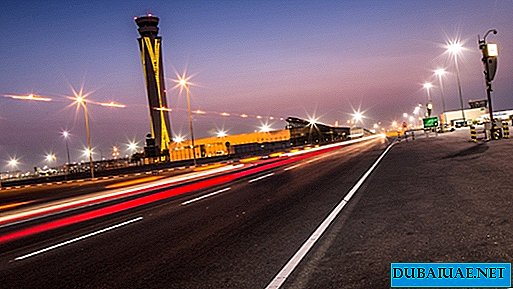
As part of the congestion reduction program on key Dubai highways, two new Salik electronic frameworks began operating on April 15. Now, a charge of 4 dirhams (US $ 1.1) is levied when driving along the Al Mamzar Toll Gate, which is located on Al Ittihad Road, and through the tunnel leading to Dubai International Airport (Airport Tunnel Toll Gate).
Thus, the total number of toll road sections on which Salik frames are installed has grown to six. Meanwhile, the innovation has already caused discontent among local residents, some of whom believe that drivers will use alternative detour routes of the toll section of the road, which will further aggravate the transport situation in the Al Nahda area. “The same thing happened in the Al Barsha area when the Salik gates were installed there. Trucks and cars started driving around residential areas and streets where children walk. This is a big risk.
The intra-quarter territories should be safe for children, "said Fatima Saberi from the Al Nahda district, raising two children. Drivers also specify that a detour along the Mohammed bin Zayed highway, where a large number of traffic jams also gather in the morning, takes extra time, which is why you may be late for work, while additional fees can seriously affect the low-paid workers living in Sharjah.
"Our income is limited, we do not have luxury apartments and expensive cars, and we send all the money we save to our families. Now our income will be even less," said Mahmoud Abdelgani, who lives on the Al Ittihad Road highway. Mattar Al Thayer, chairman and chief executive officer of the Dubai Roads and Transport Committee (RTA), noted that, according to research, after installing the Salik framework, travel time by Sheikh Zayed highway was reduced by 44%. Al Thayer said that Al Ittihad Road is one of the busiest: it serves 260 thousand vehicles daily. At the same time, the head of the department explained that the level of congestion on the roads of the emirate does not exceed international standards, while RTA invests US $ 272.4 million in the construction of additional flyovers and tunnels.
"Traffic studies have shown that installing the Salik frame on Al Ittihad Road without installing a similar system in the tunnel leading to the airport will result in congestion in the tunnel itself," Al Thayer said. The tunnel leading to Dubai International Airport is also one of the emirate’s key roads. It provides access to air terminals that will serve 110 million passengers by 2020. It should be noted that additional Salik tolls for paying on toll sections of Dubai taxi passengers began to pay starting in January of this year. Today, a new electronic program, automatically replenishing the account, is installed in each of the 8,000 thousand units of the Dubai taxi fleet. The first Salik framework was installed in Dubai in 2007. In 2013, the income from their work in favor of the RTA is expected to be US $ 1.3 billion







